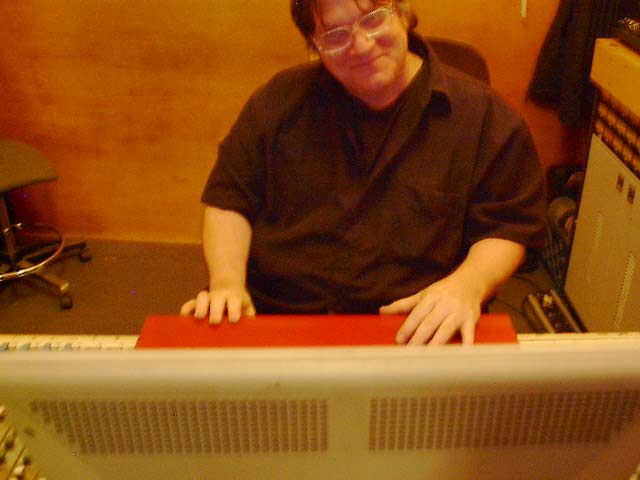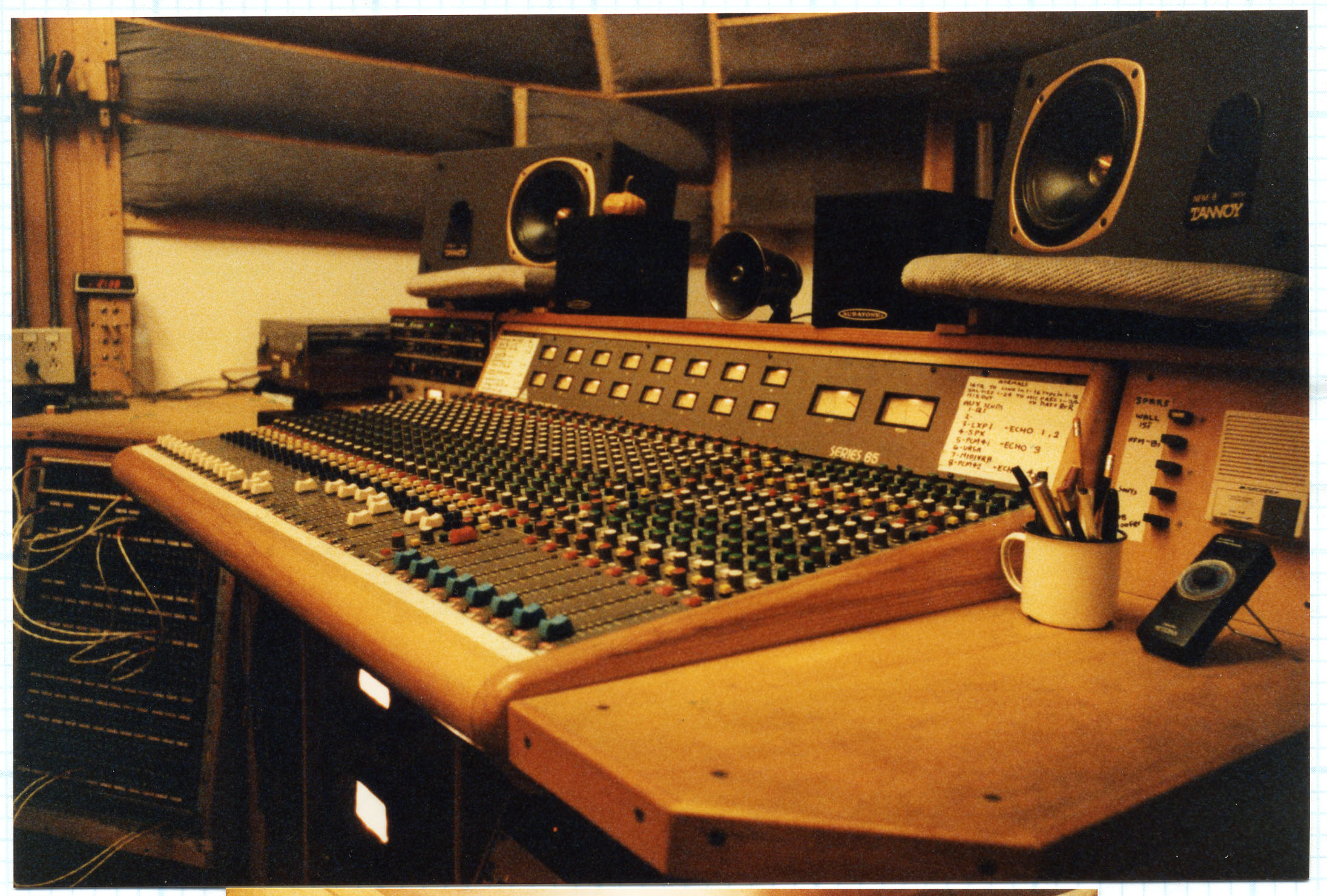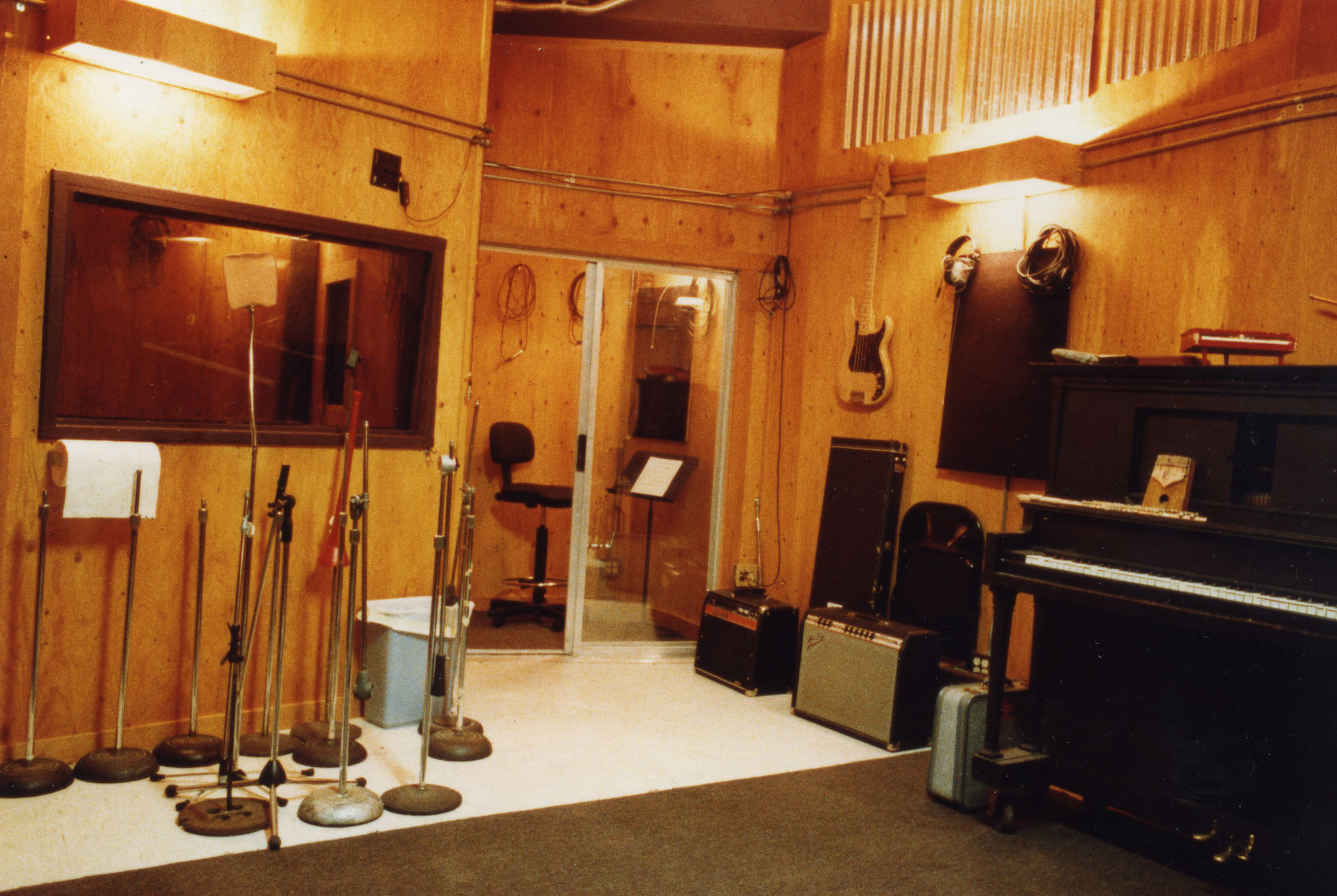Polymorph Bugs Out
Does New Growth in Temescal Alley Mean the end of Polymorph Recording?
Freely adapted from an article by Rachel Swan.
Temescal’s retail corridor appears to be thriving, but its first tenant may be an unfortunate casualty. It was one of those languid fall afternoons and all the small boutique shops were open for business in Temescal Alley — the barbershop with its candy-striped pole, the horticulture store with all variety of green things sprouting from terra cotta pots, the jewelry designer, the antiques shop, the dry-goods store. Set in a cluster of old storage lockers just one block off Telegraph Avenue, the tiny retail corridor feels like it could have sprung from a different century, yet it’s also redolent of the handcrafted, pastoral ethos that’s characterized new development in Oakland. Temescal Alley has been designated a hipster hotspot in the press and become a go-to destination for First Friday Art Murmur. On this particular afternoon, business seemed slow, but the store owners look contented — buoyed, perhaps, by the spate of good publicity.
All except for one. Mark StiKman —engineer, watercolor painter, master technician, rocker, renaissance man, guru, inspiration to a whole lineage of experimental music geeks — sat inside his studio, Polymorph Recording, and moped. Stikman had a touch of the flu, but that was the least of his problems. After more than two decades of doing business in the alley, he was getting booted out to make way for a new tenant.
After the city re-zoned Temescal Alley to include food service in 2011, The owners began to transform the alley, first by adding tiled fountains and cactus sculptures, and then by renting to a series of new, chic mom-and-pops. After the rezoning, new tenants came in droves. Within a few months, the barbershop had moved in, followed, in short order, the horticulturalist, the food store, the art gallery, the vintage clothing boutique, and, most recently, a bike shop.
“We don’t have a single business here that was a brick-and-mortar store two years ago,” the landlady exulted, ambling through the alley on a recent Thursday afternoon. In her straw hat and work pants, she had the proud air of a mother hen showing off her brood. She said that the current storefronts hew to a new paradigm in Oakland.
Perhaps The StiKman should have seen it coming. The studio had been on a month-to-month lease at least since 1999, which made it fairly easy for her to announce, in June, that she wanted her space back by the end of the year. Unlike the other tenants, Stikman and his business partners, Dan Rathbun, didn’t really participate in the day-to-day bustle that’s become essential to Temescal Alley’s new public image. They preferred to work at night. The landlady, a woman in her 70s mused that StiKman and Rathbun weren’t the young artists she’d courted two decades ago.
In June, she asked Rathbun, Stikman, and their other partner, an electronics wizard named Rance Fellows-Mannion, to come up with a reasonable departure date. After weeks of negotiations, they all settled on October 31, at which point Polymorph would bug out. Not knowing where they could go, they worried about dragging a whole swath of music history in the dust with them.
Right now Polymorph is a jumble of boxes, packed with old CDs that trace the 31-year trajectory of Stikman’s recording career. In certain art and noise-rock subcultures, he’s a veritable god. Or at the very least, he’s the father of a dynasty.
Polymorph’s name derives from an avant-garde band that The StiKman led in the late Seventies. After it broke up in 1984, The StiKman decided to teach himself the craft of sound engineering so he’d gain more control over his own art. In fact, Stikman had a natural predilection for the work. As a kid he used to tape his own theatrical radio shows, modeled after broadcasts that were popular in the early- to mid-20th century — the kind that used coconuts to mimic the sound of hoofbeats, he said. Stikman would write scripts, act them out with similarly primitive sound effects, and record the work on reel to reel. He learned a few important things in the process, and later applied them to music recordings. He then launched Polymorph Recording in Berkeley in 1985, and joined with Fellows-Mannion and Rathbun and moved to Temescal in 1989. At that time, the alley was a loose collection of old storage lockers, and the three storefronts that currently house Polymorph were corrugated metal sheds.
The three owners of Polymorph transformed it into a viable studio and vibrant hub for experimental music. They built a new front wall and roof, added multi-viscosity ceiling panels, and insulated the building well enough to facilitate a wide variety of musical recordings. Rathbun, who had learned carpentry from his father, bent conduits beautifully, adding finesse to the finish. Rance designed cantilevers for better acoustics and masterminded the wiring matrix.
Although the surrounding area remained industrial for much of the two subsequent decades, Polymorph generated its own vibrant scene. Faun Fables, Eek-a-Mouse, The Fleshies, Talk Is Poison, Moe!kestra, Carla Kihlstedt, Ralph Carney, Club Foot Orchestra, and Rathbun’s band Sleepytime Guerilla Museum all recorded there; with its mix of old analog gear and contemporary software, the studio could accommodate radio voiceovers as well as highbrow jazz or rock albums. Stikman’s acolyte, Davin Gaidano, a former intern who eventually formed his own spinoff engineering business, contends that Polymorph spawned a wide swath of a certain East Bay scene. “I mean, the guy from Neurosis interned here,” he gushed. “Neurosis. That’s huge.”
The owners of Polymorph would argue that, since theirs was the first business to breathe life into Temescal Alley, its very success led to its undoing. Gaidano said that Stikman helped make the area hip and artsy and cool, which eventually led to other hipsters coming in.
But the landlady takes exception to that. She said that in the context of a new, vibrant alley, the recording studio just didn’t fit in anymore. “At one point, they were aligned with our artistic vision,” she said, wistfully. “We were aligned because they were musicians, and they were young.






